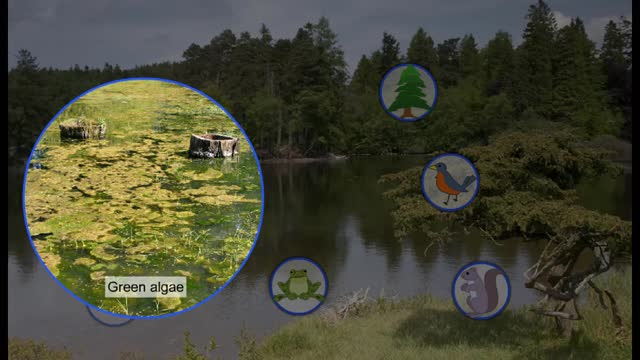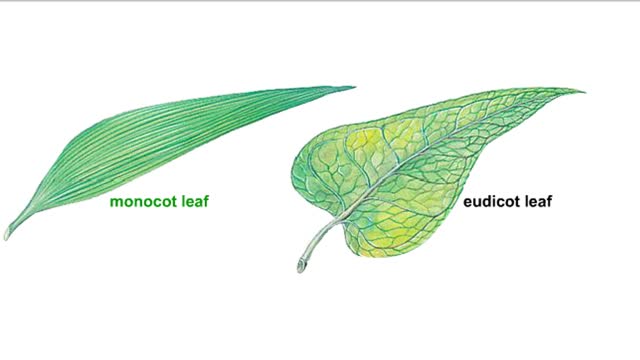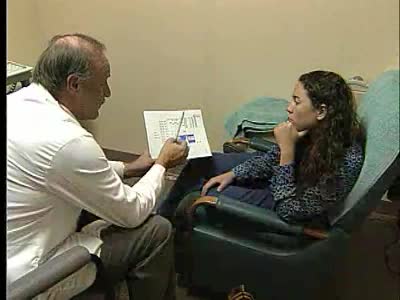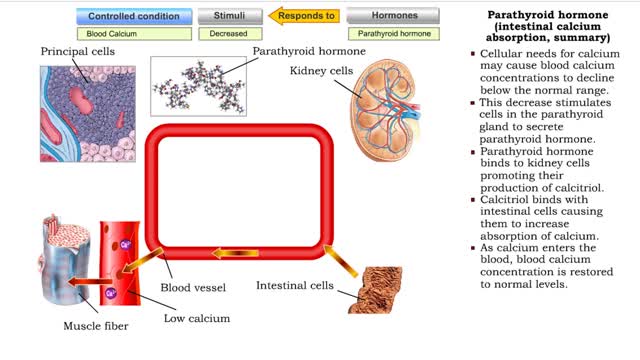Search Results
Results for: 'Detailed Summary on Photosynthesis Animation'
Global warming and its effect on climate change
By: HWC, Views: 11314
Global warming, habitat destruction, and pollution are all hot topics in the news. Environmentalists are concerned that many of these factors will lead to the loss of species. But how will this happen? One way to think about the environment is as a finely-tuned, high performance engine. If one...
Chloroplast Structure & Light Dependent Reactions (Photosystem 1 and 2 Cyclic Electron Flow)
By: HWC, Views: 11293
The leaf is the principle photosynthetic organ of the plant. This is a cross section of a leaf. The rectangular-shaped cells are part of the photosynthetic tissue called the palisade mesophyll. Each photosynthetic cell can contain several hundred organelles known as chloroplasts. The chlorop...
Energy Flow - Trophic Levels and Food
By: HWC, Views: 11331
All of these relationships between different species are founded on one thing: energy. Organisms get food in order to get energy, which is used by the organism for growth, maintaining health, and reproduction. We can classify the members of a community according to how they obtain food. Produc...
How eudicots (true dicots) differ from monocots Animation
By: HWC, Views: 6637
Most flowering plants are either monocots or eudicots. They have the same tissues, but slightly different features. Monocot seeds have a single cotyledon, or seed leaf. Eudicot seeds have two cotyledons. Monocot flowers usually have petals and other floral parts in multiples of three. Flow...
Resting membrane potential - electrical polarity and maintenance requirements
By: HWC, Views: 11399
• A resting membrane potential exists when there is a buildup of: 1. positive ions outside the membrane. 2. negative ions inside the membrane. • Membranes with opposing charges are said to be polarized. • The difference in charge applies only to the small distance across the membran...
Magnetic resonance imaging (MRI)
By: Administrator, Views: 14818
Magnetic resonance imaging (MRI) is a medical imaging technique used in radiology to form pictures of the anatomy and the physiological processes of the body in both health and disease. MRI scanners use strong magnetic fields, magnetic field gradients, and radio waves to generate images of the or...
Contraction cycle of a sarcomere
By: HWC, Views: 12223
• A single nervous signal releases Ca2+ ions into the sarcoplasm and initiates the contraction cycle. step 1. ATP hydrolysis • ATP provides the to move myosin molecules back into the energized configuration necessary to perform the power stroke. Step 2. Crossbridge attachment • Myosin...
Parathyroid hormone (bone resorption) & Calcitonin (bone deposition)
By: HWC, Views: 11599
• Cellular needs for calcium may cause blood calcium concentrations to decline below the normal range. • This decrease stimulates cells in the parathyroid gland to secrete parathyroid hormone. • Binding of parathyroid hormone to osteoclasts in bone tissue promotes bone resorption and th...
By: Administrator, Views: 15952
Parkinson's disease (PD) is a long-term degenerative disorder of the central nervous system that mainly affects the motor system. As the disease worsens, non-motor symptoms become increasingly common. The symptoms generally come on slowly over time. Early in the disease, the most obvious are shak...
Advertisement











